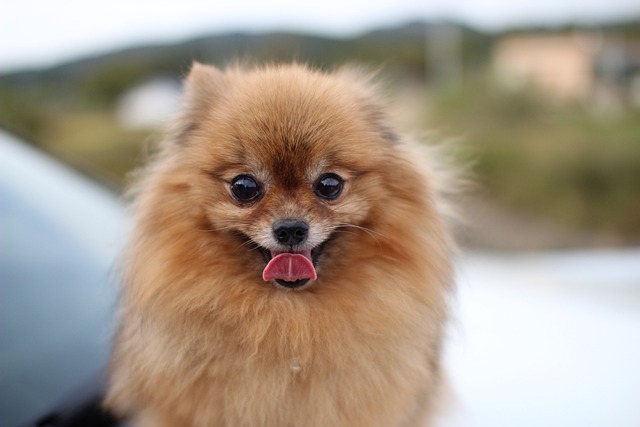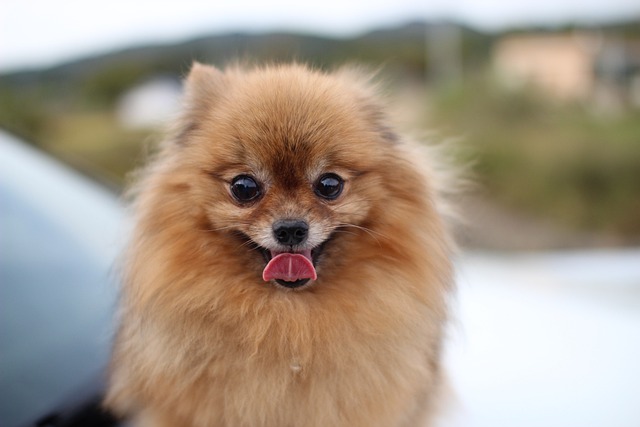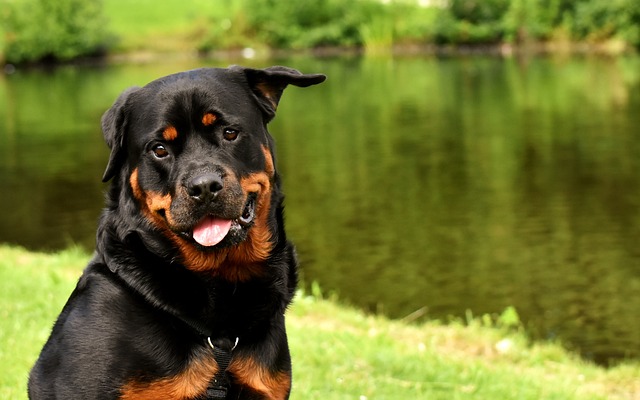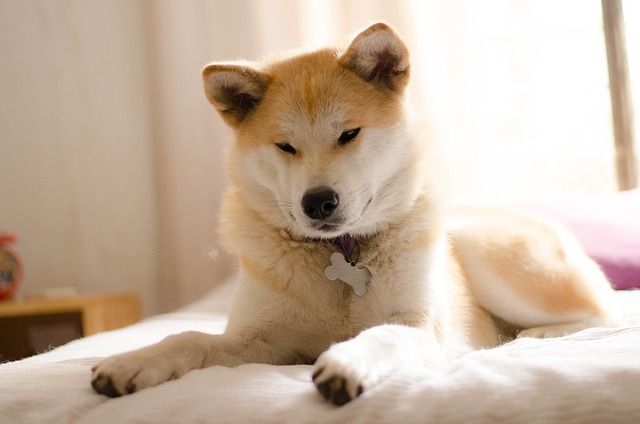
What is the best diet for a puppy
Walking down the puppy food aisle can feel overwhelming—do you choose grain-free, large breed formula, or that expensive brand with the cute packaging?
If you’re a new dog parent in the US—maybe you’re sitting on your Chicago apartment floor, brushing your 8-month-old rescue Lab mix, Cooper, and noticing white, flaky bits sticking to his black fur, or you’ve felt his belly while giving him a hug and winced at the rough, peeling patches—you’ve probably frozen mid-brush and thought: Did I mess up? Why is his skin doing this? Dog skin peeling is super common, but it’s never “random”—it usually traces back to small, fixable issues in their routine. Let’s break this down simply, with real tips you can try tonight.
First, let’s keep the science easy: A dog’s skin has a thin layer of natural oils that lock in moisture, like a built-in lotion. When that layer gets broken down—from things like over-bathing (washing away oils with human shampoo), dry apartment air (thanks to winter heaters!), or even a diet missing omega-3s—their skin dries out, tightens, and starts to peel. It’s just like how your hands crack in the cold if you skip lotion. Take Maria, a first-time owner in Texas: She bathed her Shih Tzu, Lua, every week with her own citrus shampoo, and Lua’s back started peeling. Once she switched to a dog-specific oatmeal shampoo and cut baths to every 3 weeks, Lua’s skin was smooth again in 10 days. Small swaps make a big difference.
Here’s how to figure out why your dog’s skin is peeling—and fix it—step by step: Start with a gentle check: Sit your dog on a towel, give them a freeze-dried chicken treat (positive reinforcement keeps them calm—never hold them down or scold them for wiggling; punishment goes against US animal welfare norms), and run your fingers lightly over their body. If peeling is all over (no red spots) and they’re not scratching much, it’s probably dryness. Fix this by adding a humidifier near their bed (apartment air is often too dry!) and mixing a teaspoon of plain fish oil into their kibble (omega-3s boost skin moisture). If peeling is in one spot, red, or making them scratch nonstop? Take photos and call your vet—they can check for allergies or mild infections. For baths, always use dog-only moisturizing shampoo—human products are too harsh for their pH levels.

Now, let’s tie in rules and habits that matter. Every US state requires core vaccines (distemper, parvovirus)—regular vet visits (mandatory for shot updates) are the perfect time to ask about peeling skin. Skipping these visits could mean missing a hidden issue, and in states like California or New York, neglecting your dog’s comfort (like leaving peeling skin untreated) might lead to welfare checks. When you walk your dog (even with peeling skin), always clean up their poop—cities from Seattle to Boston fine up to $300 for leaving waste, and outdoor irritants (like pollen or dry grass) can make peeling worse, so wipe their paws with a damp cloth after walks. If you live in an apartment, avoid scented candles or air fresheners near their bed—chemicals in these products irritate dry skin.
Dog skin peeling might feel worrying, but it’s almost always fixable with gentle care. With the right routine, you’ll watch those flakes disappear. Before you know it, Cooper will be snuggling on the couch without leaving a trail of skin—and you’ll both breathe easier.

Walking down the puppy food aisle can feel overwhelming—do you choose grain-free, large breed formula, or that expensive brand with the cute packaging?

That little measuring cup in your hand feels so small, especially when you have a growing, energetic puppy who seems to be hungry all the time.

Noticing flaky skin on your dog's belly during a cuddle session can be concerning. You might see tiny white flakes resembling dandruff or feel rough

Bringing home a new puppy means juggling excitement with a million little worries—from potty training to making sure they stay healthy. One of the biggest questions that creeps up is when to start protecting them with vaccines.

You’re giving your dog a well-deserved belly rub when you feel something unexpected—rough patches, red skin, or maybe even little bumps.

If you find yourself constantly wiping goopy gunk from your dog’s eyes, it’s more than just a nuisance—it’s a sign that something is out of balance.